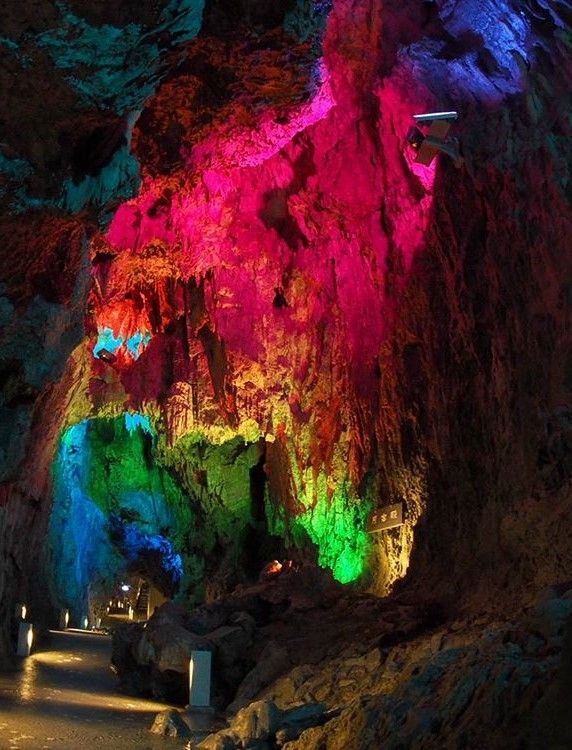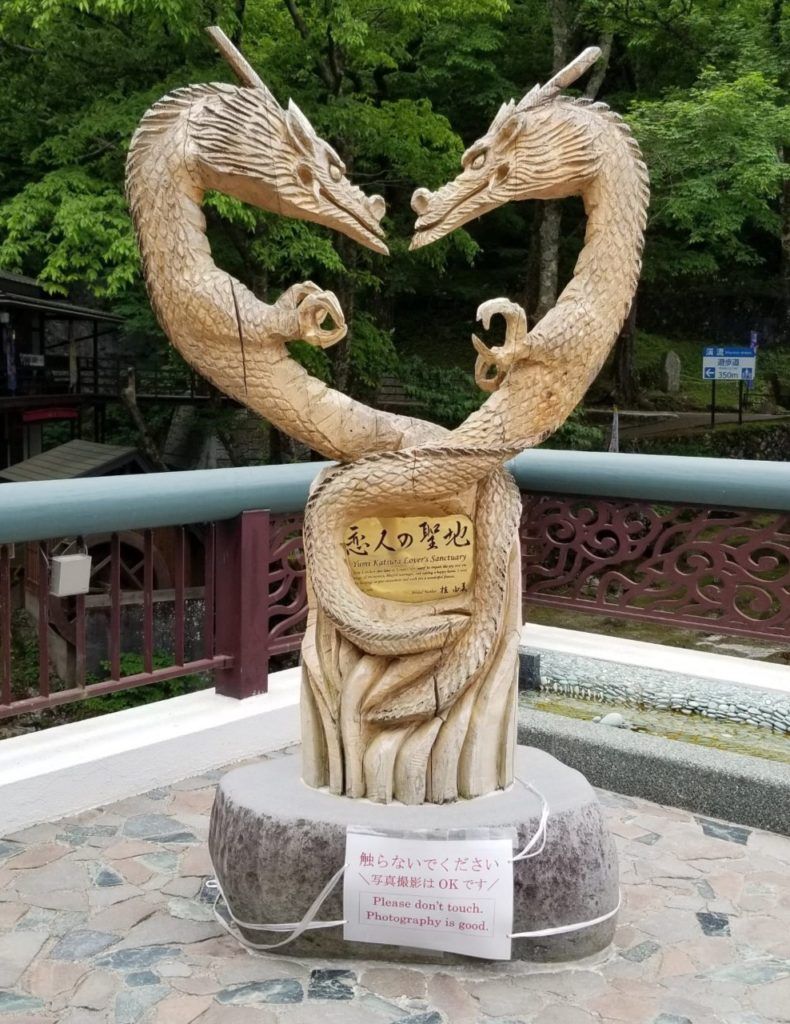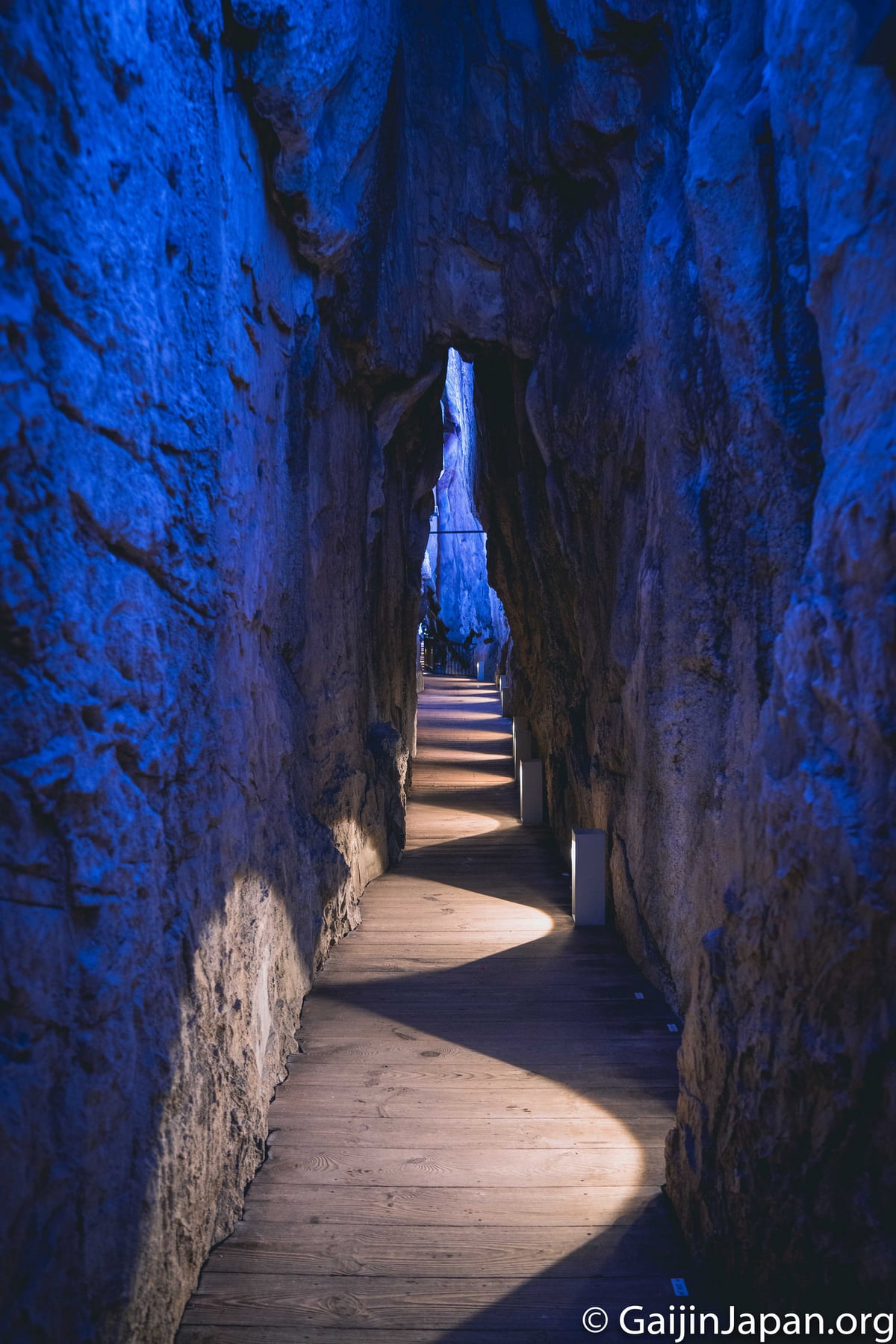No-thing-ness
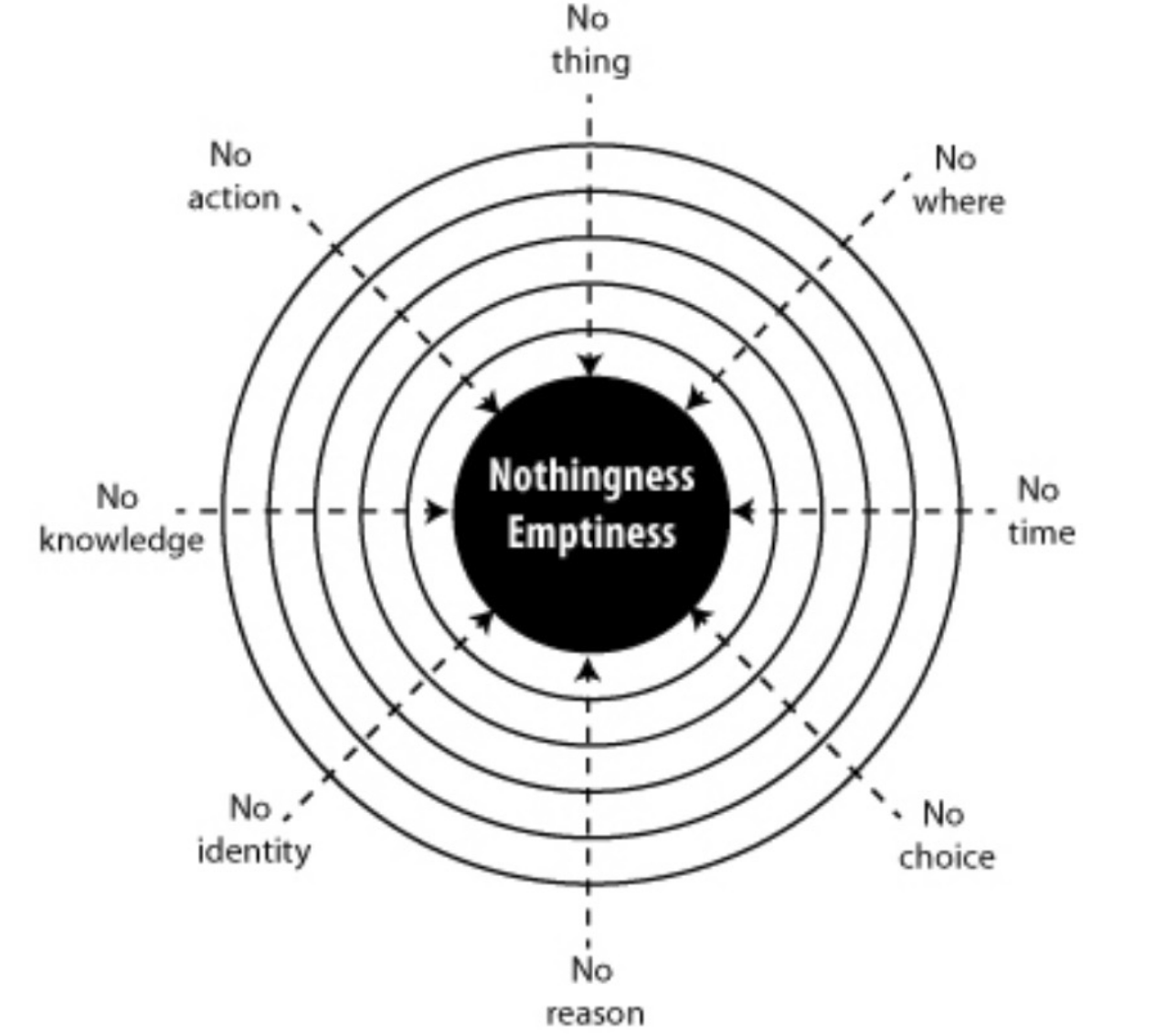
"To know and not do, is not to know." - Wang Yangming
If SUV drivers were a country, they would rank seventh in the world for carbon emissions...
While car sales stagnated worldwide, SUVs rose to make up almost half of all passenger vehicle sales in 2018 - making SUVs the second-largest contributor to the increase in global carbon emissions from 2010 to 2018, exceeded only by the power sector .
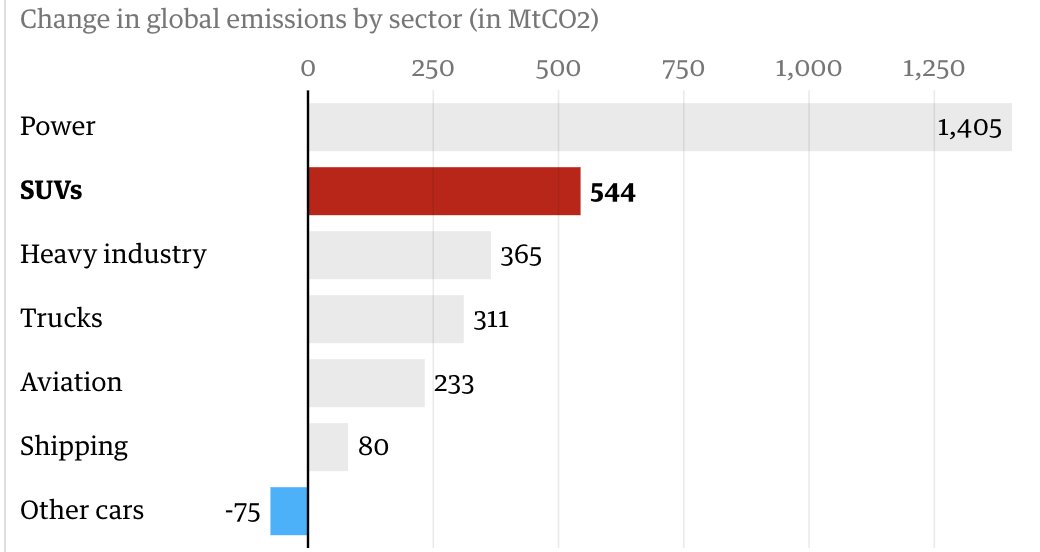
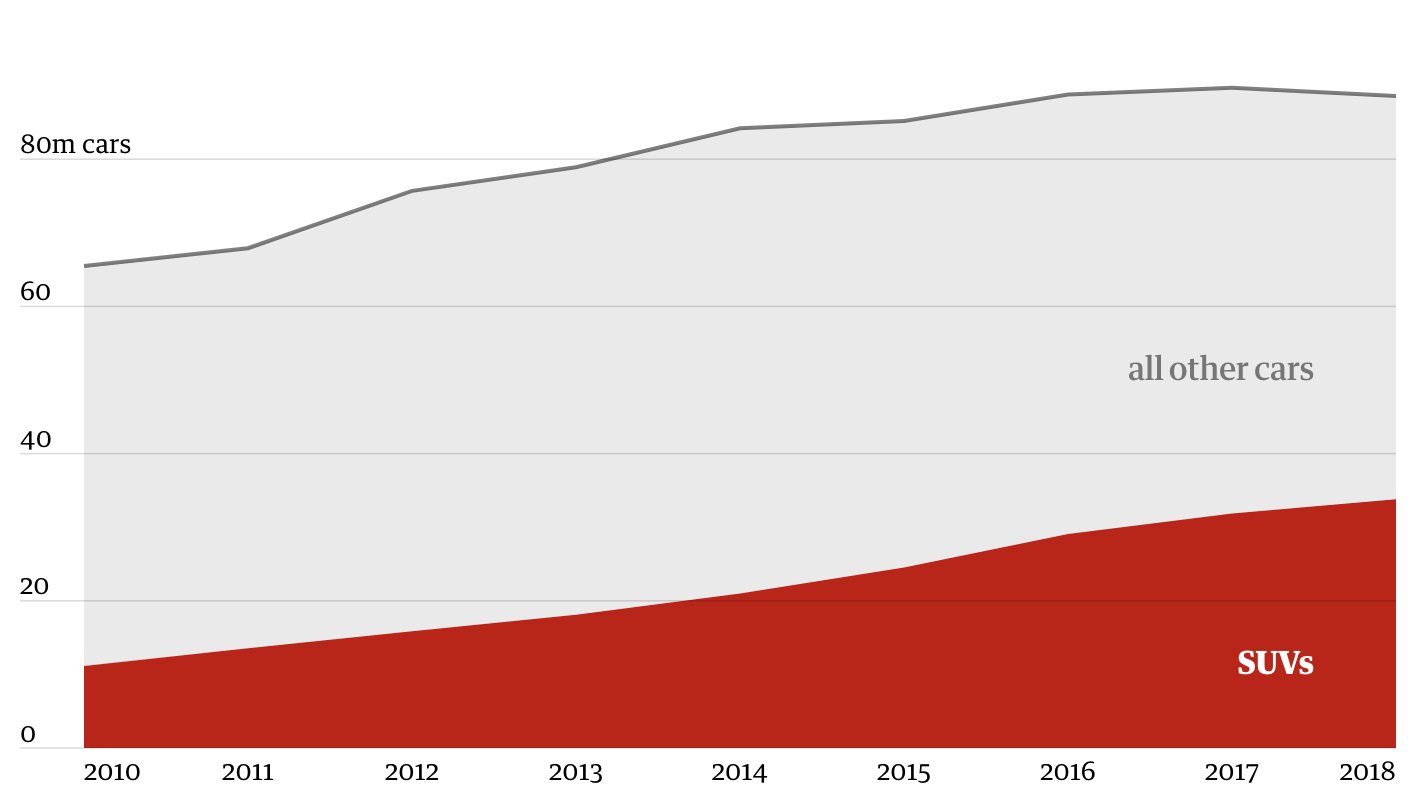


New theories of wormholes—postulated tunnels through spacetime—explore whether they could be traversable by humans.
Mexico Set to Legalize Marijuana, Becoming World’s Largest Market

Lawmakers in Mexico have approved a bill to legalize recreational cannabis, but in a country still marred by a deadly drug war, the proposal has proved divisive.
Humans now produce 160,000 plastic bags a second, enough to ring the planet 7 times an hour.



Recent studies estimate that we use an astounding 129 billion face masks globally every month—that is 3 million a minute. Most of them are disposable face masks made from plastic microfibers.
When the German censors banned Heinrich Heine's (1797 - 1856) works, he published a poem



"When people can't control their own emotions, they have to control someone else's behavior" - John Cleese
Taiji Qigong Shibashi - 18 Movement (十八式)
Hegra in Saudi Arabia - Photograph by Jordan Hammond

Hegra (Ancient Greek: Ἔγρα), also known as Mada’in Salih (Arabic: مَدَائِن صَالِح), or Al-Ḥijr (ٱلْحِجْر), an archaeological site located in the area of AlUla within Al Madinah Region in the Hejaz, Saudi Arabia.

In software engineering, rubber duck debugging is a method of debugging code. The name is a reference to a story in the book The Pragmatic Programmer in which a programmer would carry around a rubber duck and debug their code by forcing themself to explain it, line-by-line, to the duck. Many other terms exist for this technique, often involving different (usually) inanimate objects, or pets such as a dog or a cat. "Desk check your code" is the original term for this technique.
Akkadō (安家洞) is Japan's longest cave (23,702m) - located in Iwaizumi, in northeastern Japan
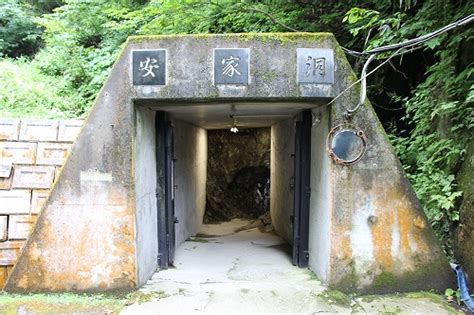
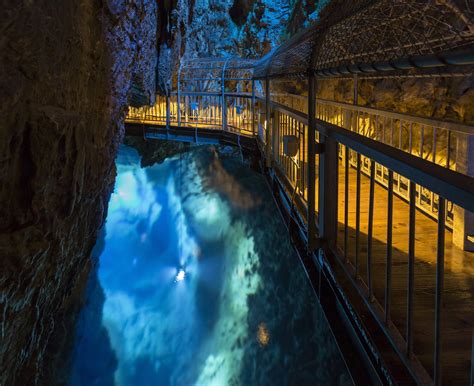
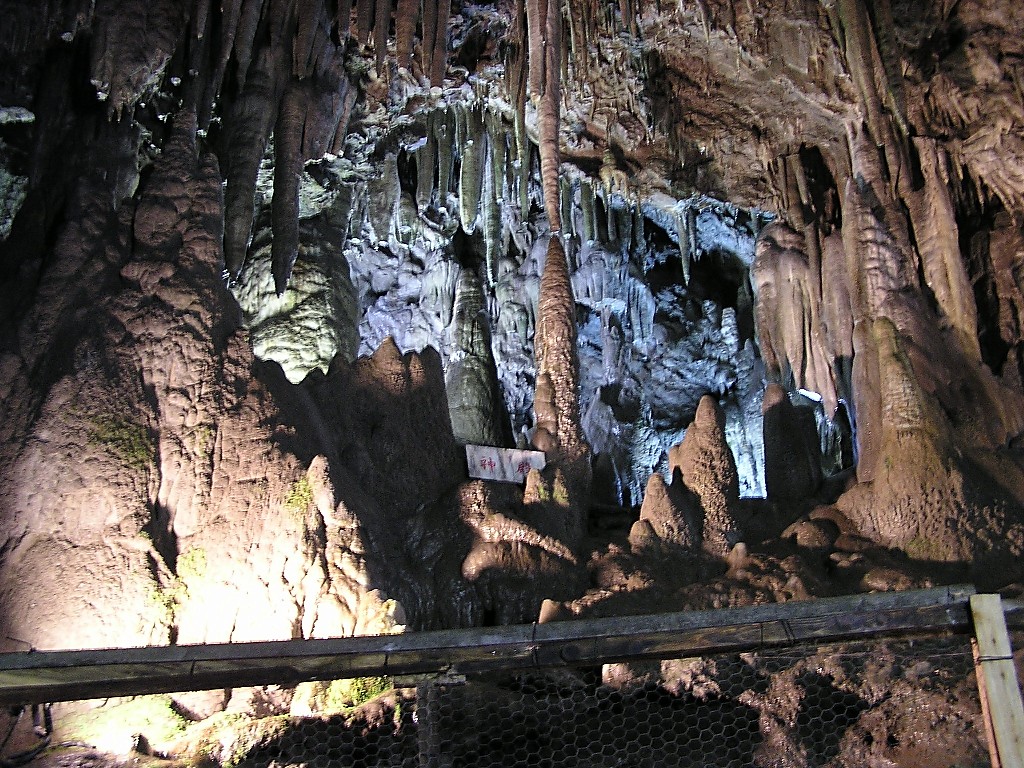
Ryusendo (龍泉洞) is one of the Three Great Limestone Caves in Japan. If unexplored areas are included, the entire cave is estimated to be over 5,000 meters in length.
